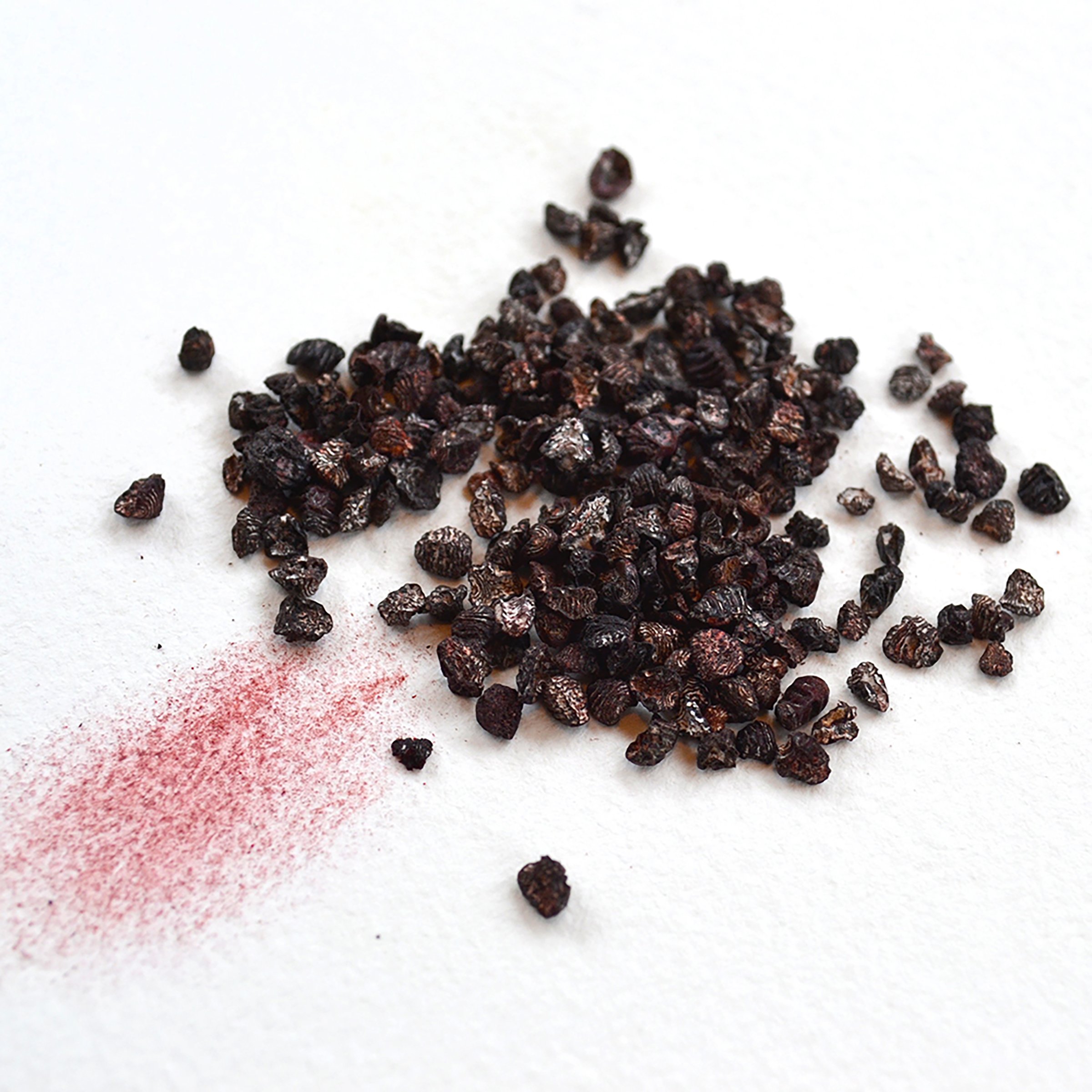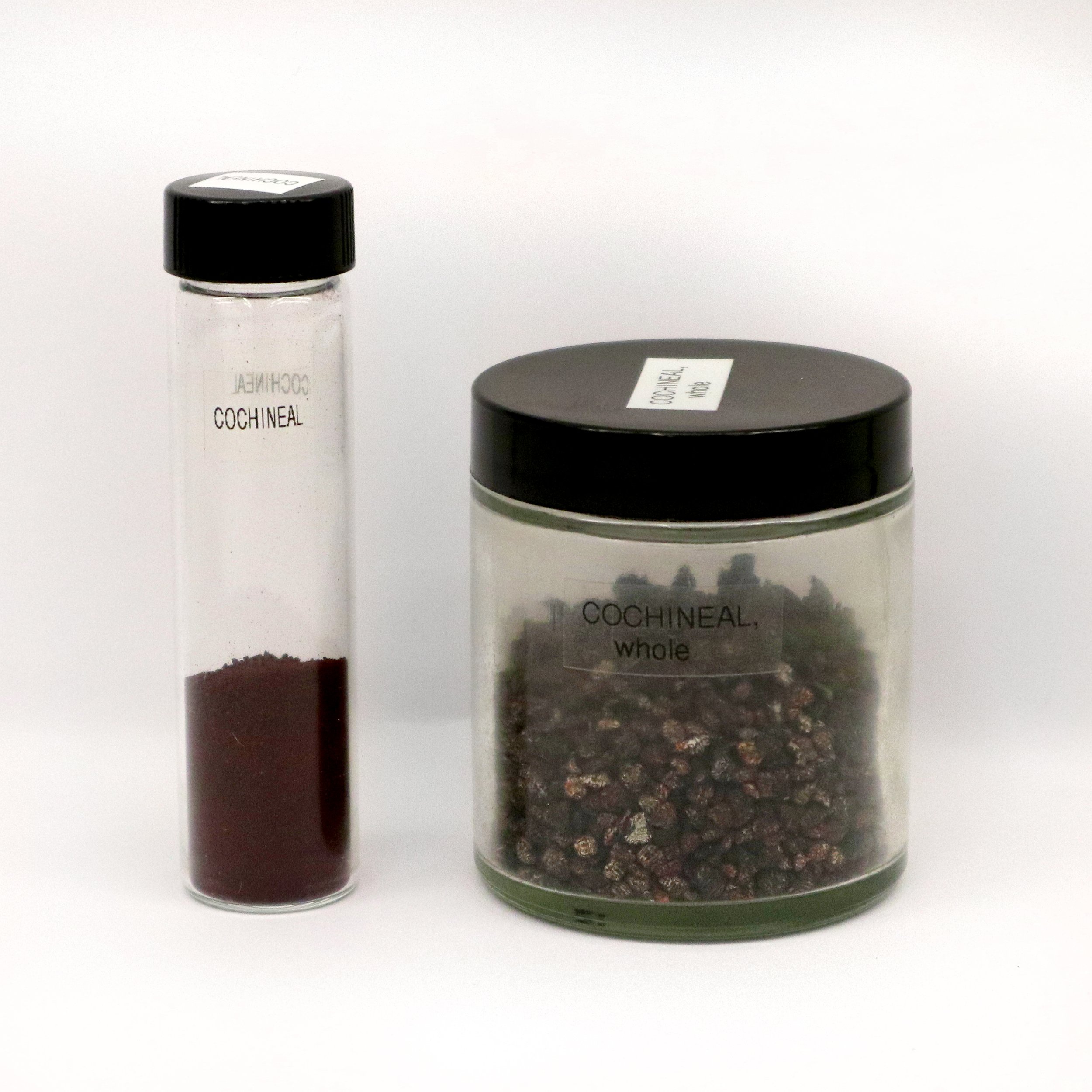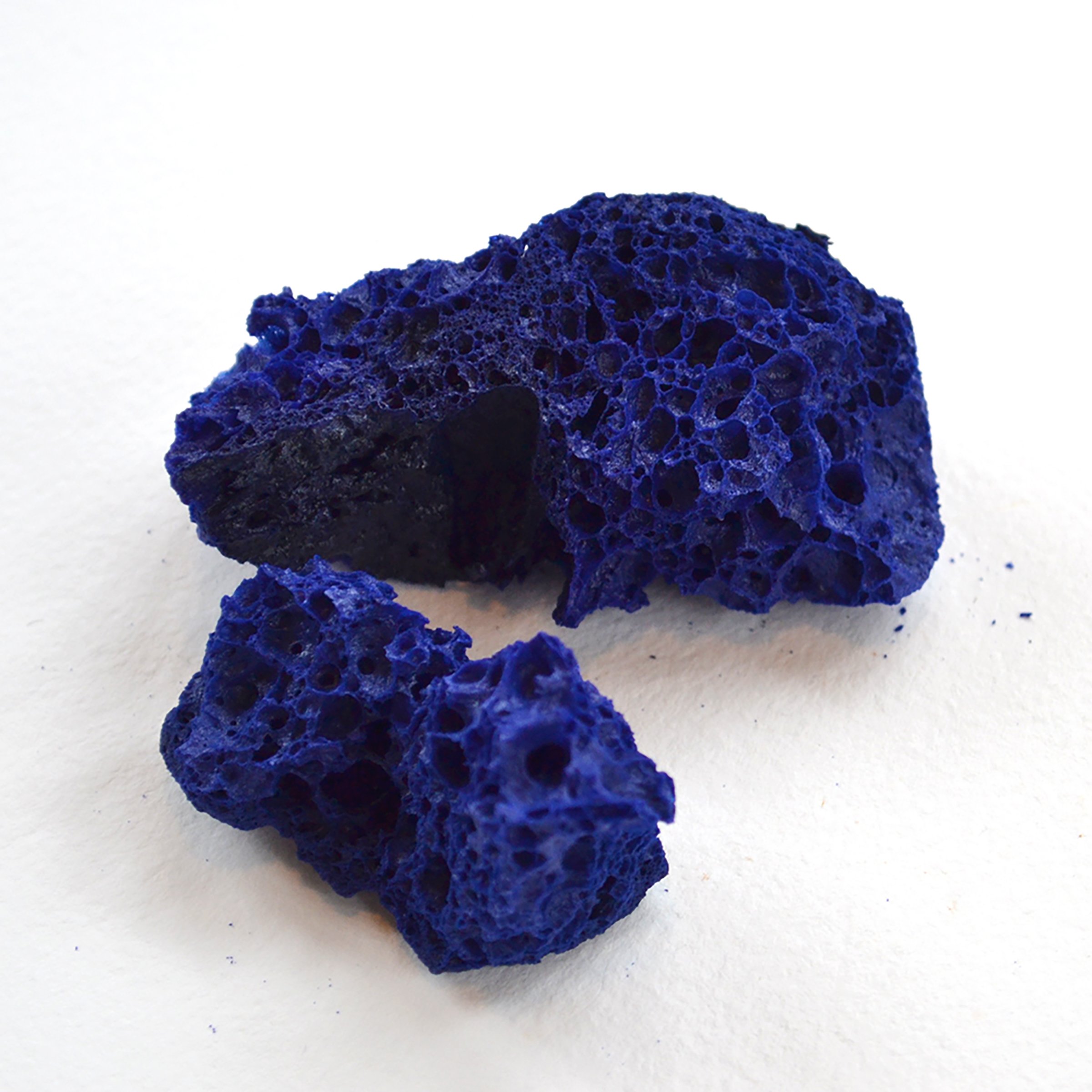It began because I believe in the wonder of the world that shakes you to life, and I imagine that that wonder needs a place of its own to live when it’s not busy lighting our souls on fire. That the very magic that opens eyes and minds and hearts and portals resides in its source. In glowing sunlit leaves, in waves reaching towards us again and again forever, in soil that records and remembers everything that has ever transpired across its surface, in rocks that have spent a billion years coming to be. This is where the wonder lives because this is what inspires wonder– well, for me, anyway. This is why I started making archives, and how archiving materials became a part of my practice as an artist. The freaking wonder of it all, and how material has the ability to hold and know all that has been and all that could be.
I first fell into archiving in my job as StudioLab Technician at The School of the Art Institute of Chicago, where I worked from 2016 till 2022. For anyone new here, I was the founding director of this educational facility, basically a chemistry lab meets painting studio meets industrial kitchen, that housed all the painting materials and techniques courses. The archive wasn’t a project I was asked to do, nor one that I proposed. It wasn’t a project I had any of my worktime or budget allocated to, exactly, though it wasn’t a secret. When I started it back in 2018, I certainly had no idea how deep I would go.
It started because I was immersed in my research about painting materials, pigments, and material history, which I had been up to for about 5 years already by that point. I was learning it, breathing it, teaching it every day in the lab. I was bummed out that the actual paints and pigments we buy commercially and use contemporarily are almost all synthetic, and therefore severed from this rich material history. Bummed might be too cavalier– I guess I was disillusioned. Like an essential branch had been totally hacked off of the family tree that I was building my treehouse within. Anyway, I have nothing against synthetic pigments, they’re super reliable and I use them all the time. But I had my heart set on personally, artistically, and in the way that I could in my capacity as StudioLab Technician, restoring the pathways from our synthetic, contemporary materials to their natural, historic origins. If we could at least see it, hold it, know it. If I could share this wonder with my students. And so, my journey of creating a Material Archive of natural and historic pigments and paint materials began.
It started with a ton of reading (doesn’t everything?), for literal months. Book after book, article after article, research made from my own library that I created in StudioLab as well from the Ryerson and Burnham library in the museum. What things even ought to be in a Material Archive of this sort? I started mapping it all out. The next step was sourcing small amounts of natural and historic pigments, minerals, resins, and dyestuff from various sources. Kremer, Natural Pigments, eBay, you name it. The pigments themselves! The semi-precious minerals from which they were ground! Such treasures. Then, I realized that these glorious reference materials would be of zero use to my students without them having access to all the stories that lived inside my head, so I started writing catalogue cards to thumbnail the basics– origin, chemical composition, nomenclature, discovery, use, historical significance, cultural importance, etc. I wrote these cards, one by one, as the archive continued to grow, until I reached 71 catalogue cards in total of what I had deemed to be the essential information about each item. Next, I needed a way to house the archive that was better than knotted plastic bags in Tupperware. The students needed to access the materials in such a way where they could see what’s what, and have open access to some things (so they could crush the little dried cochineal bugs into powdered carmine between their fingers) but not everything (so they couldn’t open up the jar of insanely fragile smalt and inhale powdered heavy metal glass).
Somewhere along the way, I finally admitted to myself that to see the dry, powdered pigment is not at all indicative of what the pigment looks like in painted form. It was the Lapis Lazuli that broke me, to be honest. In powdered form, the Lapis Lazuli looks remarkably similar to the Ultramarine Ash (which is lapis lazuli, though with a much higher quantity of calcite, pyrite, and other trace minerals). When painted, the former is a mesmerizing deep blue, justifying all the historical hype it garners, whereas the latter is a more muted, grayish blue. Lovely, understated, but not to be confused with our prima donna. So, I proceeded to make mini gesso panels with each pigment individually swatched out in egg tempera in one, two and three layers, cross hatched, and tinted. I made 37 in total. Finally, I had to figure how to divide and organize and label and print everything... the whole thing took me four years from start to end. The longest version of “if you give a moose a muffin, he’ll want some jam to go with it” that I have ever experienced. Suffice to say, if I knew what it would take when I started, I never would have been able to start. But this kind of shortsightedness is the only reason we’re able to fall into anything truly important. Without a doubt, creating the material archive fundamentally changed me as a thinker, as an artist, and has since changed the trajectory of my life.
When I sat down to write this, I fully intended to write about the pigment archive that I made in Chile. To tell you about the pigment archive I am starting to make in Cyprus, the one I came here on a Fulbright grant to create. But I guess before I tell you about the wonder of the world and where it has taken me, I have to start with where it started. This is where the wonder lived, and this is how it began.




